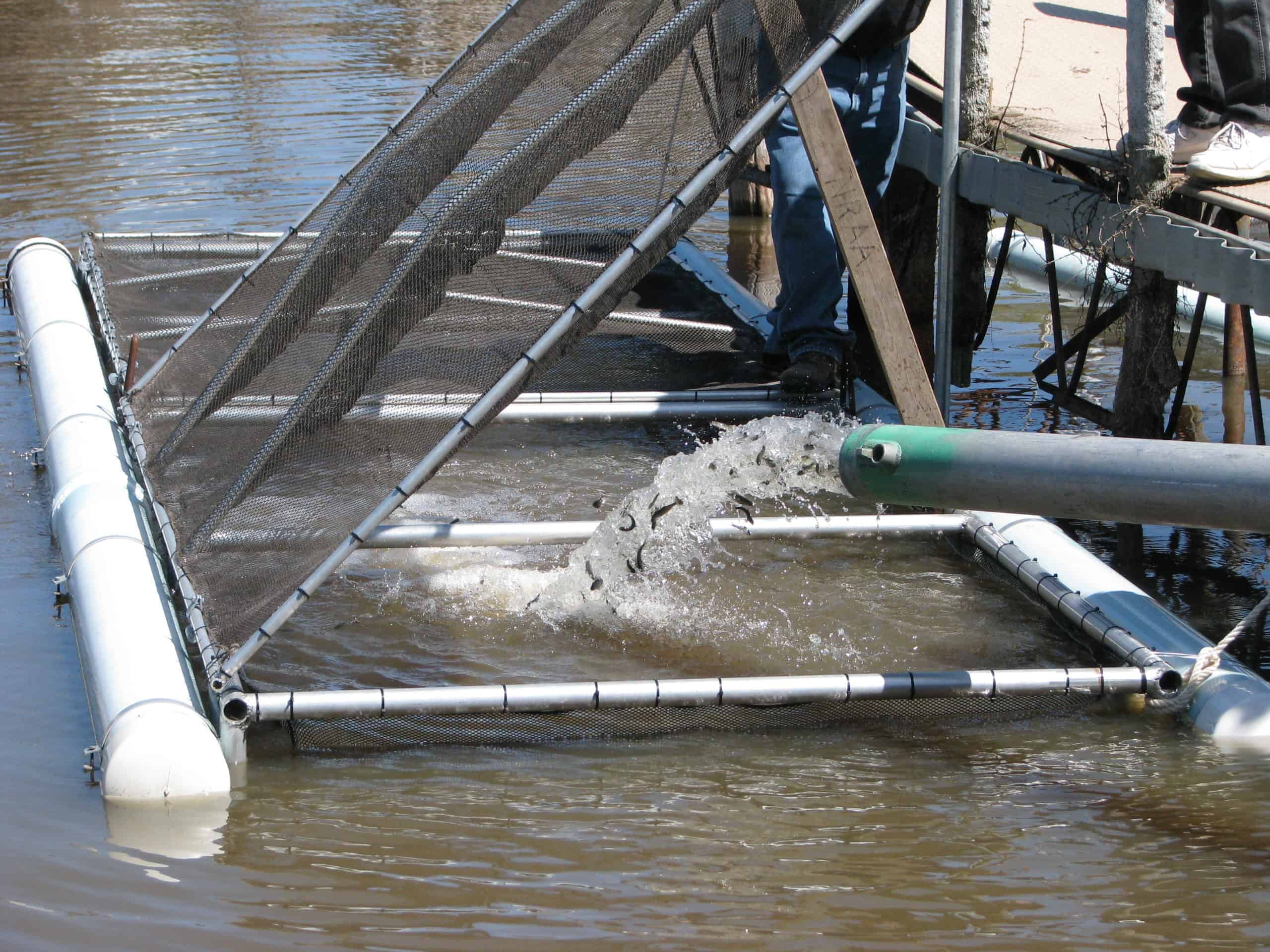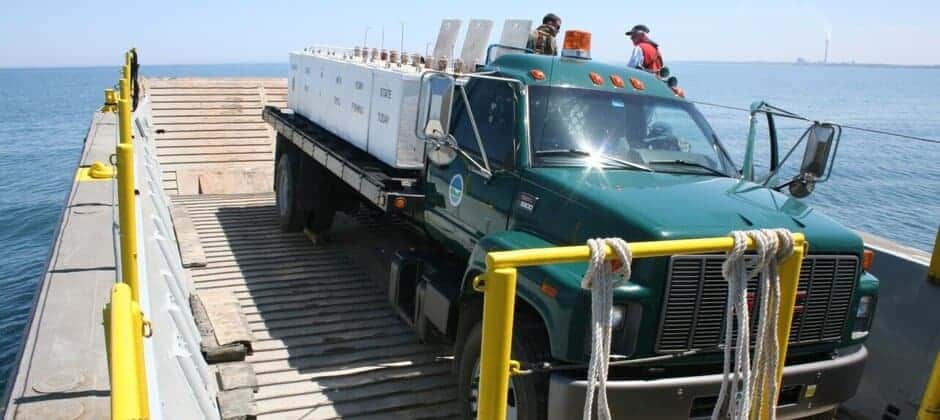Share this article
Protecting Lake Ontario fishing stock from avian predators
On a warm afternoon in May 2021, a New York State Department of Environmental Conservation fish stocking truck pulled up to the shore of Lake Ontario and began releasing its load of thousands of chinook salmon fingerlings into New York waters. Immediately, a hungry flock of double-crested cormorants (Phalacrocorax auratus) took full advantage of the easy pickings while the DEC personnel looked on in abject disappointment and frustration. They tried their best to avoid or mitigate these feeding frenzies with the resources they had, but the scene played out again and again at many of the 40-plus sites along Lake Ontario’s shore where the DEC stocks Chinook salmon (Oncorhynchus tshawytscha), brown trout (Salmo trutta), Atlantic salmon (S. salar) and steelhead (Oncorhynchus mykiss).
When birds predate on newly stocked fish, it ultimately reduces the number of stocked salmon and trout that contribute to the Lake Ontario sport fishery. The results of these impacts can be seen between one and four years later depending on the fish species, how fast they grow and reach catchable size, and how long they persist as adults. Reduced numbers of stocked salmon and trout can potentially lead to reduced fishing quality and associated losses in economic activity.

The New York State Department of Environmental Conservation places salmon into pens where they will be pen-reared for several weeks before being stocked in Lake Ontario. Credit: New York State Department of Conservation
On Feb. 12 of that same year, a new rule for double-crested cormorant management issued in the Federal Register by the U.S. Fish and Wildlife Service took effect. This new rule allows for the issuance of special double-crested cormorant permits by the USFWS to state agencies to manage cormorant damage for publicly stocked fish operations. The USFWS also completed its environmental review of management impacts to cormorant populations in 2020 with an environmental impact statement. An additional outcome of the new rule and environmental review was that other federal agencies, such as the U.S. Department of Agriculture Animal and Plant Health Inspection Service’s Wildlife Services could resume management of cormorants under their existing depredation permits.
In 2022, the DEC decided to write a different ending to the story by engaging the help of Wildlife Services. Using primarily boats and pyrotechnics, Wildlife Services worked in cooperation with the DEC to protect the stocked fish as the DEC released them at 18 different events in the more vulnerable release sites. Wildlife Services hazed more than 7,990 cormorants in the process and removed 175 persistent birds, protecting 815,930 stocked fish. These fish included all four species, but of special note were the brown trout, which do not immediately seek deeper water but often stay in shallow water with less cover from predation for one to two days.
The Lake Ontario fishery is primarily based on stocked fish, and the recreational fishery there is estimated to generate over $103 million of economic activity in New York State each year. The collaboration between the DEC and Wildlife Services protected approximately 32% of all fish stocked in New York waters of Lake Ontario in 2022 from bird predators, equating to approximately $564 million of economic activity associated with the Lake Ontario fishery.
With the success of this year’s work, hopefully more cries of “Fish on!” will be heard echoing across the waters of this Great Lake.
Header Image: The New York State Department of Environmental Conservation takes a stocking truck onto Lake Ontario by barge to stock salmon. Credit: New York State Department of Conservation








